|
Your search criteria found 1307 images Gallery: Universe |
| My List |
Addition Date
|
Target | Mission | Instrument | Size |

|
2006-02-08 | R 66 |
Spitzer Space Telescope |
Infrared Spectrometer (IRS) |
5140x2400x3 |
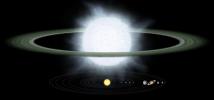
|
|||||

|
2006-01-19 | Helix Nebula |
Hubble Space Telescope Spitzer Space Telescope |
Advanced Camera for Surveys Infrared Array Camera (IRAC) |
3125x3497x3 |

|
|||||

|
2006-01-17 |
Stardust |
DC-8 Airborne Laboratory |
2360x1808x3 | |
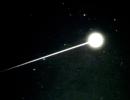
|
|||||

|
2006-01-11 | G29-38 |
Spitzer Space Telescope |
Infrared Spectrometer (IRS) |
3000x2400x3 |
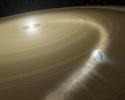
|
|||||

|
2006-01-11 | Cartwheel Galaxy |
Galaxy Evolution Explorer (GALEX) Hubble Space Telescope Spitzer Space Telescope |
Chandra X-ray Telescope GALEX Telescope Infrared Array Camera (IRAC) Visible Light |
1500x1500x3 |

|
|||||

|
2006-01-10 | Milky Way |
Spitzer Space Telescope |
IRAC |
7002x5050x3 |
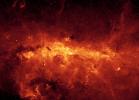
|
|||||

|
2006-01-10 | Milky Way |
Spitzer Space Telescope |
IRAC |
7002x5050x3 |
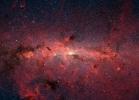
|
|||||

|
2006-01-09 |
Galaxy Evolution Explorer (GALEX) |
GALEX Telescope |
2264x2260x3 | |
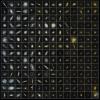
|
|||||

|
2006-01-09 | Helix Nebula |
Spitzer Space Telescope |
IRAC |
2400x2794x3 |

|
|||||

|
2005-12-22 |
Spitzer Space Telescope |
IRAC Multiband Imaging Photometer (MIPS) |
2310x3897x3 | |

|
|||||

|
2005-12-22 | Carina Nebula |
Cassini-Huygens |
ISS - Wide Angle |
1020x1020x1 |
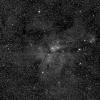
|
|||||

|
2005-12-20 | IRS 46 |
Spitzer Space Telescope |
3000x2400x3 | |
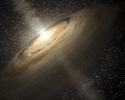
|
|||||

|
2005-12-20 | IRS 46 |
Spitzer Space Telescope |
Infrared Spectrograph (IRS) |
3000x2128x3 |
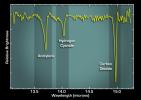
|
|||||

|
2005-12-13 | Milky Way |
Spitzer Space Telescope |
IRAC |
27000x6000x3 |

|
|||||

|
2005-12-01 | Crab Nebula |
Hubble Space Telescope |
WFPC2 |
3864x3864x3 |
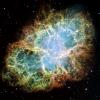
|
|||||

|
2005-12-01 |
Spitzer Space Telescope |
IRAC |
848x711x3 | |

|
|||||

|
2005-11-29 | 55 Cancri | 3000x2400x3 | ||
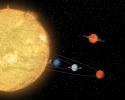
|
|||||

|
2005-11-15 | Perseus |
Spitzer Space Telescope |
IRAC |
1291x1663x3 |

|
|||||

|
2005-11-09 |
Spitzer Space Telescope |
IRAC |
3426x2548x3 | |
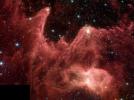
|
|||||

|
2005-11-02 |
Hubble Space Telescope |
WFPC2 |
1518x1497x3 | |
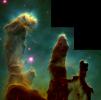
|
|||||

|
2005-10-28 |
Spitzer Space Telescope |
IRAC |
1600x1600x3 | |
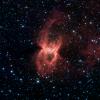
|
|||||

|
2005-10-27 |
Spitzer Space Telescope |
IRAC |
561x561x3 | |
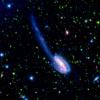
|
|||||

|
2005-10-20 |
Spitzer Space Telescope |
3000x2400x3 | ||
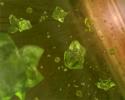
|
|||||

|
2005-10-13 | M33 |
Galaxy Evolution Explorer (GALEX) |
GALEX Telescope |
2904x2904x3 |
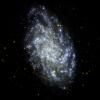
|
|||||

|
2005-10-13 | M31 |
Spitzer Space Telescope |
MIPS |
8193x2410x3 |

|
|||||

|
2005-09-27 | HUDF-JD2 |
Hubble Space Telescope Spitzer Space Telescope |
IRAC Visible Light |
2699x1838x3 |
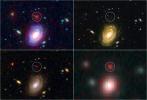
|
|||||

|
2005-08-03 | AMS08 |
Spitzer Space Telescope |
IRAC MIPS Very Large Array (VLA) |
2099x2100x3 |
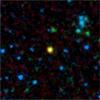
|
|||||

|
2005-07-27 |
Spitzer Space Telescope |
2526x1827x3 | ||

|
|||||

|
2005-07-27 |
Spitzer Space Telescope |
Infrared Spectrograph (IRS) |
2361x1506x3 | |
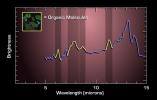
|
|||||

|
2005-07-25 | NGC 4625 |
Galaxy Evolution Explorer (GALEX) |
Ultraviolet/Visible Camera |
872x872x3 |

|
|||||

|
2005-07-25 | NGC 4625 |
Galaxy Evolution Explorer (GALEX) |
Ultraviolet/Visible Camera |
872x872x3 |
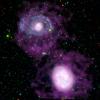
|
|||||

|
2005-07-25 | NGC 4625 |
Galaxy Evolution Explorer (GALEX) |
Ultraviolet/Visible Camera |
872x872x3 |
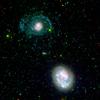
|
|||||

|
2005-07-13 | Cygnus |
W. M. Keck Observatory |
Keck I Telescope |
3000x2400x3 |

|
|||||

|
2005-07-13 | Cygnus |
W. M. Keck Observatory |
Keck I Telescope |
640x480x3 |

|
|||||

|
2005-06-10 | Cassiopeia A |
Hubble Space Telescope Spitzer Space Telescope |
IRAC Visible Light Chandra X-ray Telescope |
1835x1348x3 |

|
|||||

|
2005-06-10 | Cassiopeia A |
Spitzer Space Telescope |
IRAC |
2842x1622x3 |
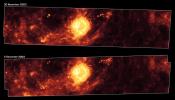
|
|||||

|
2005-06-10 | Cassiopeia A |
Spitzer Space Telescope |
IRAC |
2826x774x3 |

|
|||||

|
2005-05-31 |
Galaxy Evolution Explorer (GALEX) |
GALEX Telescope |
2154x2154x3 | |
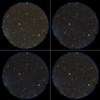
|
|||||

|
2005-05-31 |
Galaxy Evolution Explorer (GALEX) |
GALEX Telescope |
2154x2154x3 | |
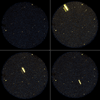
|
|||||

|
2005-05-31 | GJ 3685A |
Galaxy Evolution Explorer (GALEX) |
GALEX Telescope |
1280x960x3 |
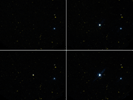
|
|||||

|
2005-05-30 | Carina Nebula |
Spitzer Space Telescope |
IRAC |
6614x5196x3 |
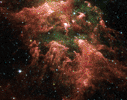
|
|||||

|
2005-05-05 | IC 1613 |
Galaxy Evolution Explorer (GALEX) |
GALEX Telescope |
2032x1016x3 |
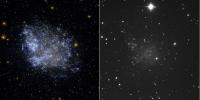
|
|||||

|
2005-05-05 | NGC 5128 |
Galaxy Evolution Explorer (GALEX) |
GALEX Telescope |
1279x1279x3 |
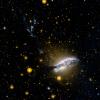
|
|||||

|
2005-05-05 | NGC 1291 |
Galaxy Evolution Explorer (GALEX) |
GALEX Telescope |
1412x706x3 |
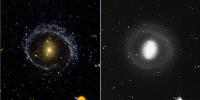
|
|||||

|
2005-05-05 | NGC 335 |
Galaxy Evolution Explorer (GALEX) |
GALEX Telescope |
1216x608x3 |
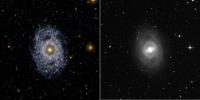
|
|||||

|
2005-05-05 | NGC 1851 |
Galaxy Evolution Explorer (GALEX) |
GALEX Telescope |
1008x1008x3 |
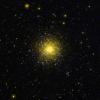
|
|||||

|
2005-05-05 | NGC 3190 |
Galaxy Evolution Explorer (GALEX) |
GALEX Telescope |
936x936x3 |
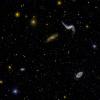
|
|||||

|
2005-05-05 | Virgo Galaxy Cluster |
Galaxy Evolution Explorer (GALEX) |
GALEX Telescope |
2274x2274x3 |

|
|||||

|
2005-05-05 | Stephan's Quintet,NGC 7331 |
Galaxy Evolution Explorer (GALEX) |
GALEX Telescope |
1692x1020x3 |
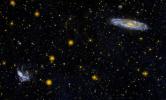
|
|||||

|
2005-05-05 | NGC 3344 |
Galaxy Evolution Explorer (GALEX) |
GALEX Telescope |
664x664x3 |
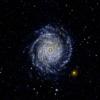
|
|||||

|
2005-05-05 | M83 |
Galaxy Evolution Explorer (GALEX) |
GALEX Telescope |
1245x1245x3 |
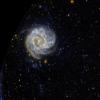
|
|||||

|
2005-05-05 | Helix Nebula |
Galaxy Evolution Explorer (GALEX) |
GALEX Telescope |
2448x1880x3 |

|
|||||

|
2005-05-05 | NGC 1365 |
Galaxy Evolution Explorer (GALEX) |
GALEX Telescope |
664x664x3 |
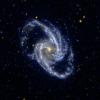
|
|||||

|
2005-05-05 | NGS 1097 |
Galaxy Evolution Explorer (GALEX) |
GALEX Telescope |
656x656x3 |
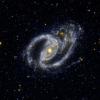
|
|||||

|
2005-05-05 |
Hubble Space Telescope |
Visible Light |
3000x1681x3 | |

|
|||||

|
2005-05-04 | Messier 104 |
Hubble Space Telescope Spitzer Space Telescope |
IRAC Visible Light |
3000x1681x3 |
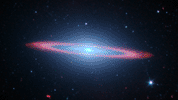
|
|||||

|
2005-04-26 | M11 |
Deep Impact |
Impactor Targeting Sensor (ITS) |
1000x1000x1 |
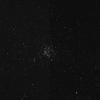
|
|||||

|
2005-04-20 | HD 69830 |
Spitzer Space Telescope |
3000x2400x3 | |
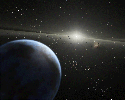
|
|||||

|
2005-04-20 | HD 69830 |
Spitzer Space Telescope |
3200x2400x3 | |
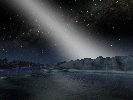
|
|||||

|
2005-04-20 | HD 69830 |
Spitzer Space Telescope |
Infrared Spectrograph (IRS) |
2766x2019x3 |
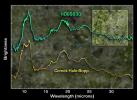
|
|||||

|
2005-04-18 | RCW 79 |
Spitzer Space Telescope |
IRAC |
2440x2440x3 |
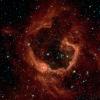
|
|||||

|
2005-04-11 | NGC 300 |
Galaxy Evolution Explorer (GALEX) |
Ultraviolet/Visible Camera |
1273x967x3 |
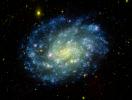
|
|||||

|
2005-03-22 |
Spitzer Space Telescope |
IRAC Multiband Imaging Photometer (MIPS) |
2220x2374x3 | |

|
|||||

|
2005-03-22 |
Spitzer Space Telescope |
2783x1739x3 | ||

|
|||||

|
2005-03-01 |
Spitzer Space Telescope |
3000x2400x3 | ||
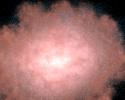
|
|||||

|
2005-03-01 |
Spitzer Space Telescope |
Infrared Spectrograph (IRS) |
2647x1958x3 | |
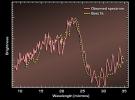
|
|||||

|
2005-02-11 | Ring Nebula |
Spitzer Space Telescope |
IRAC |
2104x1726x3 |

|
|||||

|
2005-02-08 | OTS 44 |
Spitzer Space Telescope |
IRAC |
2580x2010x3 |
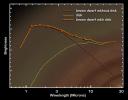
|
|||||

|
2005-02-08 | OTS 44 |
Spitzer Space Telescope |
2580x2010x3 | |
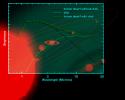
|
|||||

|
2005-02-08 | OTS 44 |
Spitzer Space Telescope |
3000x2400x3 | |

|
|||||

|
2005-01-12 |
Spitzer Space Telescope |
IRAC Multiband Imaging Photometer (MIPS) |
2816x1404x3 | |
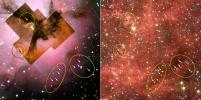
|
|||||

|
2005-01-12 | Trifid Nebula |
Spitzer Space Telescope |
IRAC Multiband Imaging Photometer (MIPS) |
2841x1846x3 |
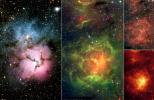
|
|||||

|
2005-01-11 | Encke |
Spitzer Space Telescope |
MIPS |
2154x2154x3 |
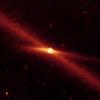
|
|||||

|
2005-01-11 |
Spitzer Space Telescope |
3000x2400x3 | ||
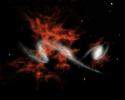
|
|||||

|
2005-01-11 |
Spitzer Space Telescope |
MIPS |
2364x1172x3 | |
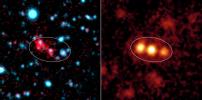
|
|||||

|
2005-01-10 | Vega |
Spitzer Space Telescope |
MIPS |
1419x707x3 |
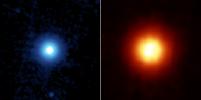
|
|||||

|
2005-01-10 | Vega |
Spitzer Space Telescope |
3000x2400x3 | |
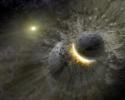
|
|||||

|
2004-12-22 |
Galaxy Evolution Explorer (GALEX) |
GALEX Telescope |
587x473x3 | |

|
|||||

|
2004-12-21 |
Galaxy Evolution Explorer (GALEX) |
GALEX Telescope |
1793x1194x3 | |
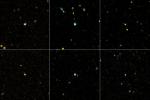
|
|||||

|
2004-12-21 |
Galaxy Evolution Explorer (GALEX) |
GALEX Telescope |
2496x1386x3 | |
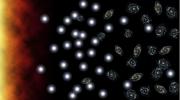
|
|||||

|
2004-12-09 |
Spitzer Space Telescope |
1364x1024x3 | ||
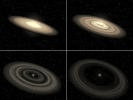
|
|||||

|
2004-12-09 |
Spitzer Space Telescope |
1386x956x3 | ||
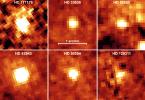
|
|||||

|
2004-12-09 |
Spitzer Space Telescope |
3000x1688x3 | ||
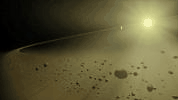
|
|
||||

|
2004-12-09 |
Spitzer Space Telescope |
3000x1688x3 | ||
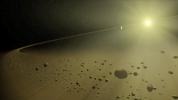
|
|||||

|
2004-10-18 |
Spitzer Space Telescope |
IRAC |
3000x2400x3 | |

|
|||||

|
2004-10-12 |
Spitzer Space Telescope |
IRAC |
602x602x3 | |
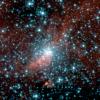
|
|||||

|
2004-10-06 |
Hubble Space Telescope |
Advanced Camera for Surveys |
3622x3445x3 | |
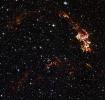
|
|||||

|
2004-10-06 |
Spitzer Space Telescope |
IRAC |
1090x1090x3 | |
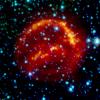
|
|||||

|
2004-10-06 |
Chandra X-ray Observatory |
Chandra X-ray Telescope |
2400x2400x3 | |
![The images indicate that the bubble of gas that makes up the supernova remnant appears different in various types of light. Chandra reveals the hottest gas [colored blue and colored green], which radiates in X-rays.](/thumb/PIA06908.jpg)
|
|||||

|
2004-10-06 |
Hubble Space Telescope Spitzer Space Telescope |
Chandra X-ray Telescope Hubble Space Telescope Spitzer Space Telescope |
750x750x3 | |
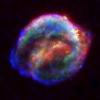
|
|||||

|
2004-09-09 |
Hubble Space Telescope |
Advanced Camera for Surveys |
1417x1417x3 | |
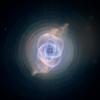
|
|||||

|
2004-09-07 |
Spitzer Space Telescope |
IRAC |
1125x1125x3 | |
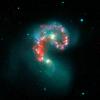
|
|||||

|
2004-09-07 |
Spitzer Space Telescope |
IRAC |
1125x1125x3 | |
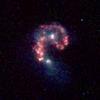
|
|||||

|
2004-08-09 | NGC 246 |
Spitzer Space Telescope |
IRAC |
1018x1018x3 |

|
|||||

|
2004-06-28 | NGC 7331 |
Spitzer Space Telescope |
IRAC |
1239x805x3 |
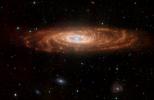
|
|||||

|
2004-06-01 | Centaurus A |
Spitzer Space Telescope |
IRAC |
1627x1227x3 |
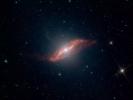
|
|||||

|
2004-05-27 | RCW 49 Nebula |
Spitzer Space Telescope |
IRAC |
1520x1520x3 |
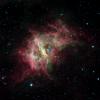
|
|||||

|
2004-05-27 |
Spitzer Space Telescope |
1600x1200x3 | ||
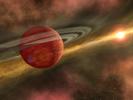
|
|||||

|
2004-05-24 |
Galaxy Evolution Explorer (GALEX) |
GALEX Telescope |
3840x3840x3 | |
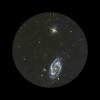
|
|||||

|
2004-05-11 |
Spitzer Space Telescope |
IRAC |
708x570x3 | |
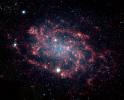
|
|||||

|
 |
 |
 |
 |
 |
 |
 |
 |
 |
 |

|
| 1-100 | 101-200 | 201-300 | 301-400 | 401-500 | 501-600 | 601-700 | 701-800 | 801-900 | 901-1000 |
| Currently displaying images: 1101 - 1200 of 1307 |